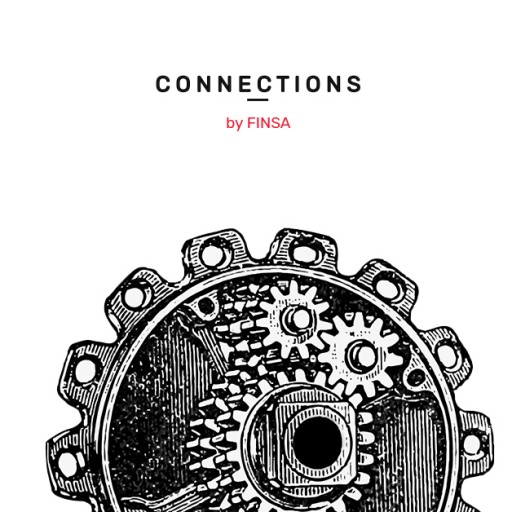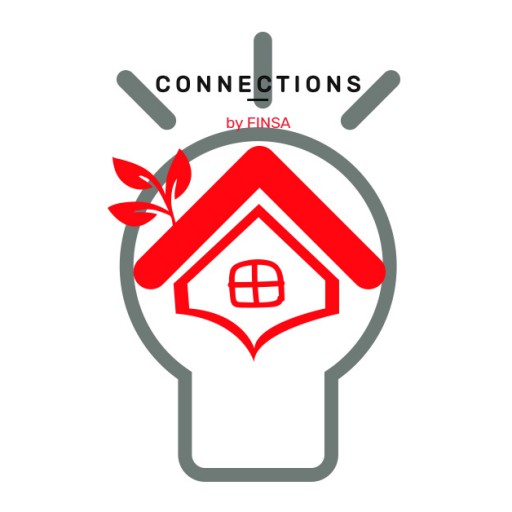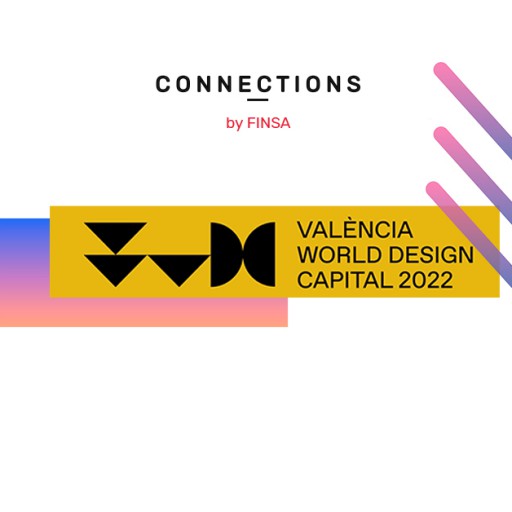How have our homes changed since COVID and lockdowns? How are these spaces being designed in order to meet the needs of an increasingly nomadic and digitalised society? World Design Capital Valencia has reflected on these questions and the result is an exhibition, Escenarios de un futuro cercano (Scenes from a near future), in which many manufacturers and interiors experts have taken part.
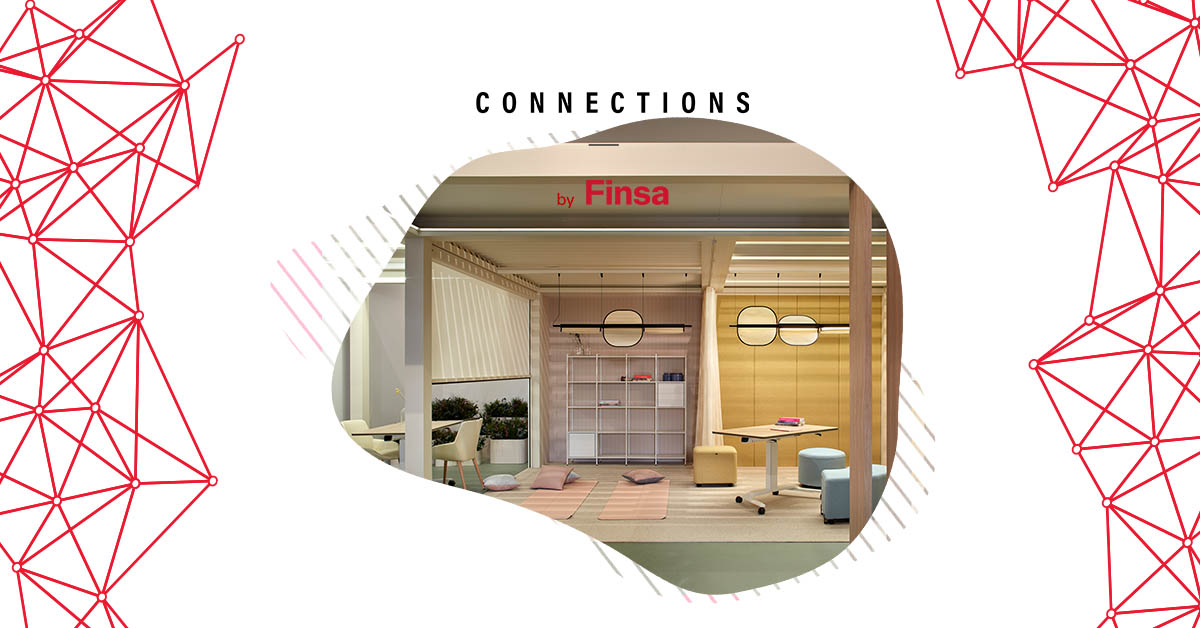
Despite its visionary title, the exhibition doesn’t feature utopic or disruptive ideas. Rather, it looks at issues that have been around for years but that synched up with the present day during COVID because of everything we were asking our homes to be: an office, a gym, and a place where we could also have fun. “When we were confined to our homes, we realised that our domestic space did not facilitate flexibility in terms of use and functions, something that we would have if the furniture or layout had been adequate,” says Tachy Mora, the curator of the exhibition.
There are also other factors behind the creation of the original pieces and installations designed for Escenarios de un future cercano, including increasingly smaller homes, more dynamic lifestyles (digital nomadism, different types of families etc.), and the way in which work and exercise are activities we now do from home.
Five precepts for the next ten years
These improvements will be seen in our homes over the next decade. Some of the projects are already in the late stages of prototype development and are practically ready to be on the market. But this ten-year marker isn’t just a guess; rather, it’s based on the time that the curator of the exhibition has noted it takes for a design or trend to be consolidated on a commercial level.
Escenarios de un futuro cercano features thirteen ideas for interiors that have been designed to meet five needs that have emerged since we began asking more of our homes: flexibility, multifunctionality, modularity, nomadism, and sustainability. These precepts, which were proposed by the curator, have been placed side by side in the same home in the exhibition thanks to thirteen installations and ten furniture and lighting pieces, all of which we will see in our own homes around the year 2032.
The flexible home
For this exhibition, flexibility has been defined as the ability to reinvent rooms and their furniture. Some examples include furniture that performs different functions in different spaces (e.g., table, bed, workspace etc.) or a kitchen design that is unlike anything you’ve ever seen. The latter features modules that are not attached to the walls, meaning they can be moved to another space whenever you want. You will also see microarchitecture solutions that will allow us to go easily from indoors to outdoors whenever we like.
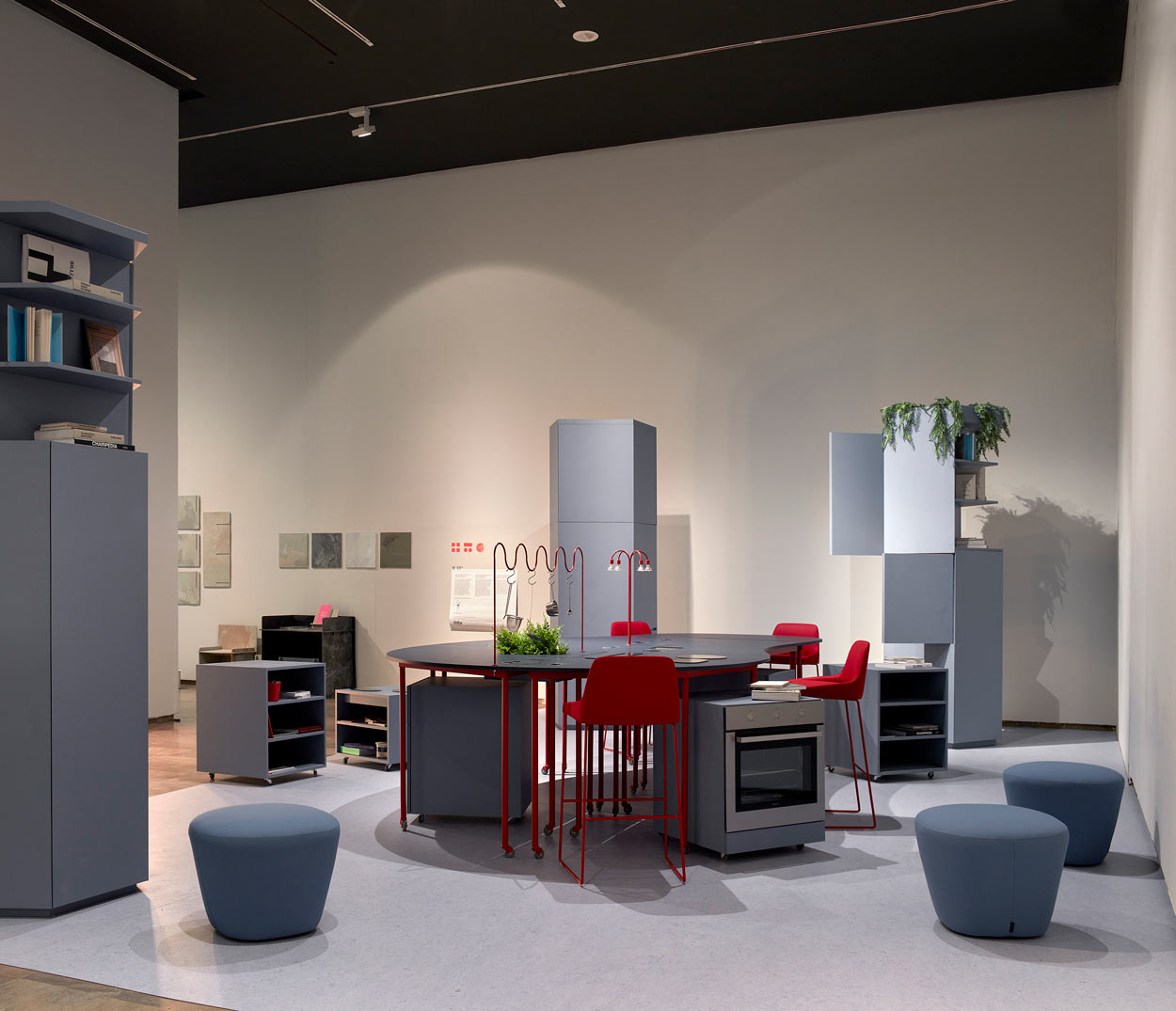
Modularity and multifunctionality like you’ve never seen before
The exhibition also redefines modularity and multifunctionality, taking them further than they’ve ever been taken before. Here, multifunctionality is more balanced, doing away with ‘main’ and ‘secondary’ functions of a piece and integrating all of them, just like the sofa bed. Similarly, modularity offers practical reconfigurations that avoids static layouts and tethering systems that make it impossible to move pieces around.
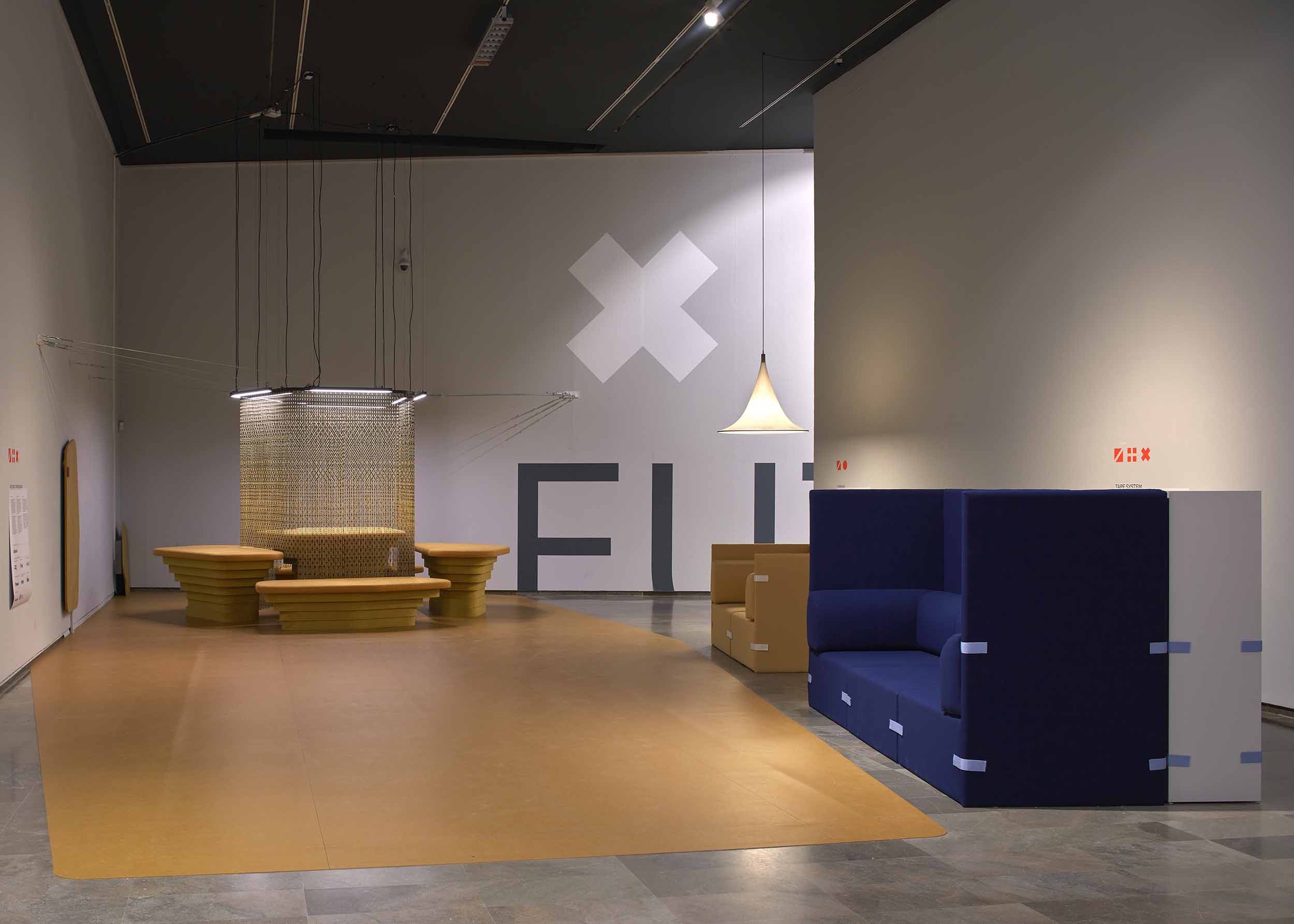
Always moving, always sustainable
Nomadism, that tendency to never stay in the same place for too long, has changed the way we move around homes, as well as the way we think about them when we are faced with the prospect of moving. Its impact is evident in the way the interior and the exterior of the home work together and in open design approaches that let us download designs and adapt the furniture to a particular space.
Another characteristic of these original pieces is their transportability, meaning they can be assembled, disassembled, and moved easily from one place to another within the home, and that moving day no longer has to be everybody’s worst nightmare.
Finally, sustainability is a part of all the projects. However, it hasn’t just been interpreted as being environmentally friendly when it comes to resources, materials, environmental impact, recycling, and the circular economy. Rather, this precept has also been approached using formulas that provide polyvalent solutions appropriate for different stages of life, because we won’t be the same people ten years from now.
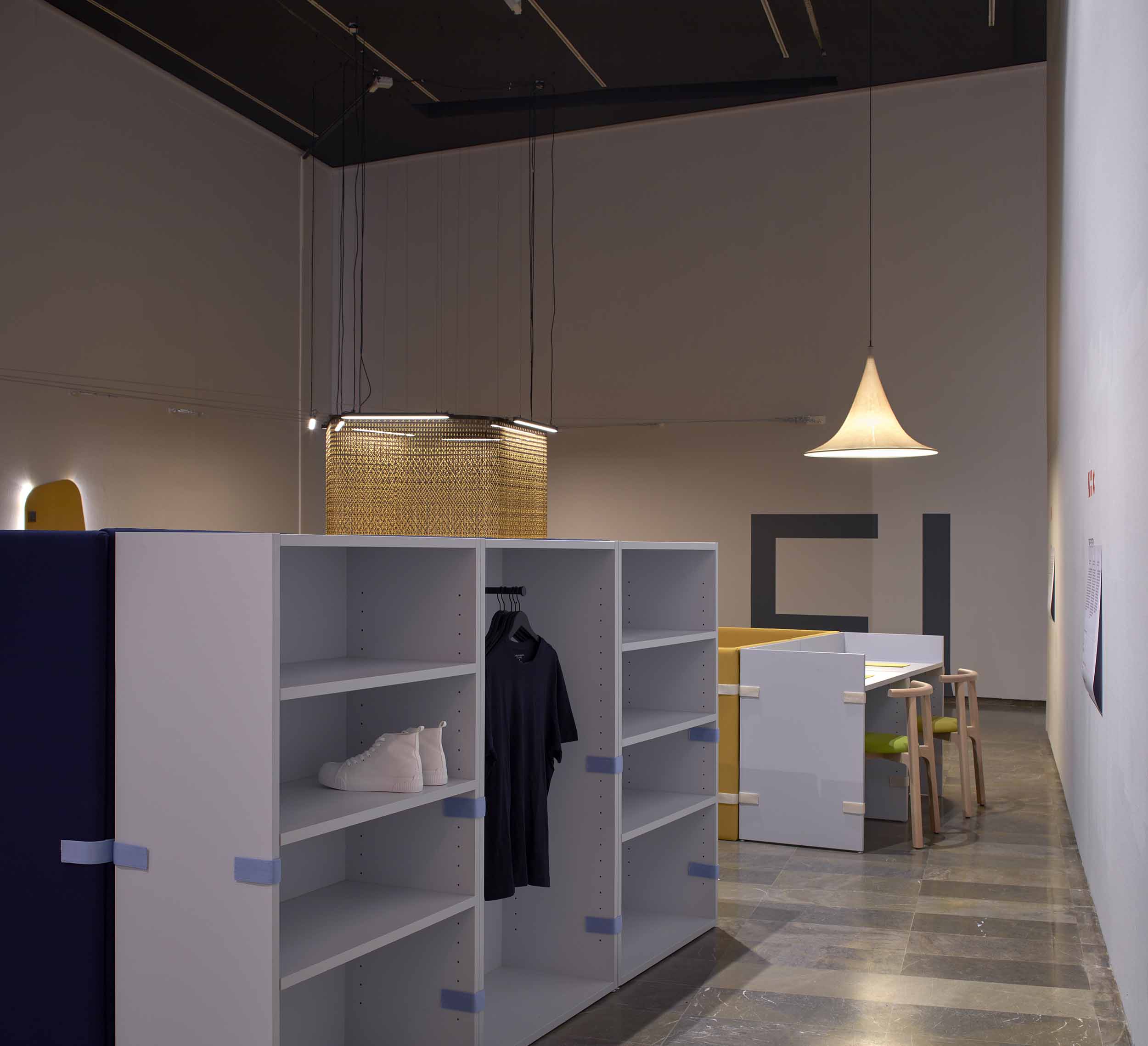
During the exhibition’s development process, more than forty experts from the interiors world engaged in dialogue, making these predictions a point of intersection between architecture, interior design, design, and industry.
You can catch Escenarios de un futuro cercano until March 19, 2023 at the Centre del Carme Cultura Contemporània in Valencia as part of the World Design Capital 2022 program. If you do go, let us know what you think on social media using #ConnectionsByFinsa.


